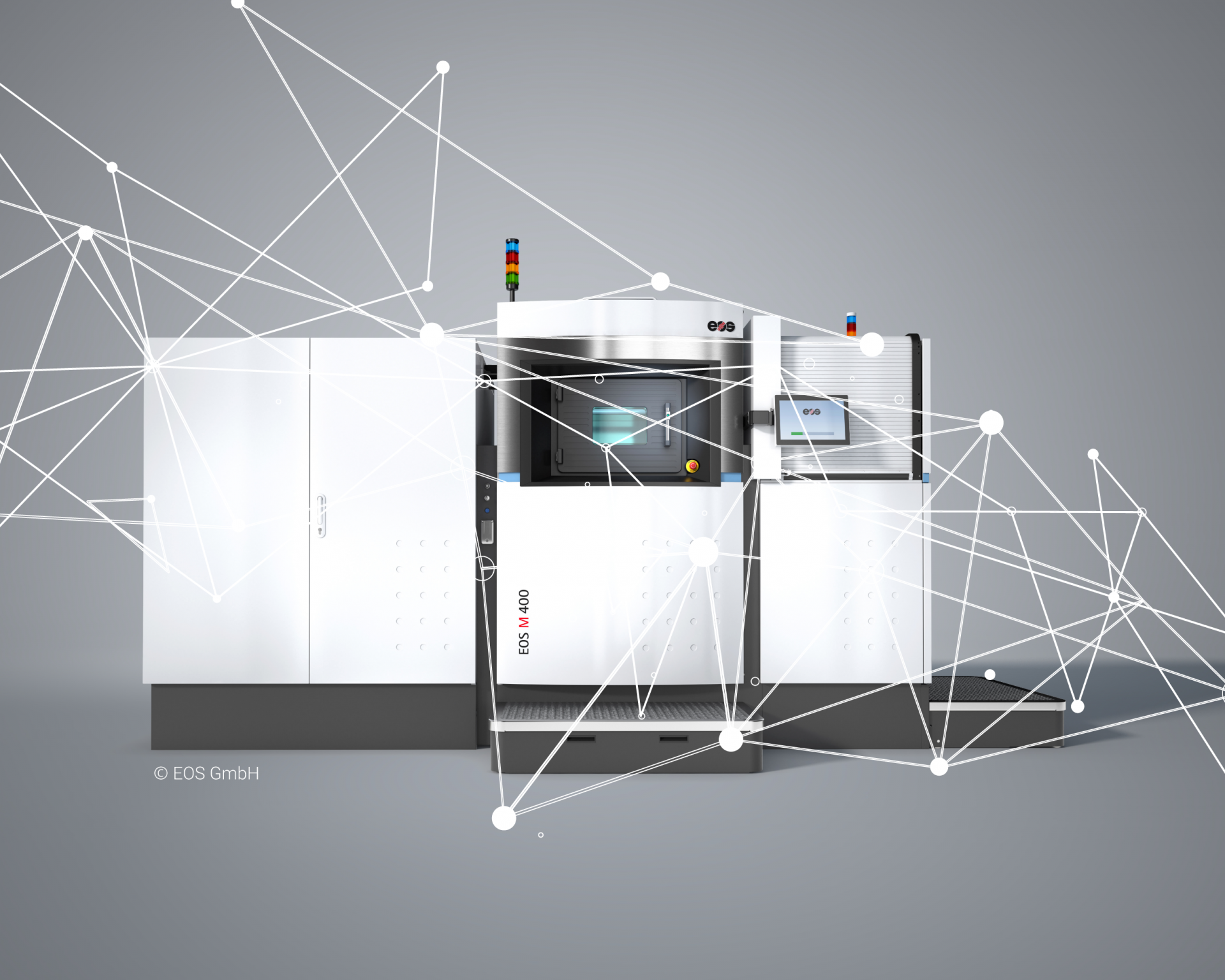


19/01/2022
Our new direct interface between EOS printers and the nebumind software opens up a wide range of applications, especially enabling EOS users to automate quality monitoring and analyses works, which have taken considerable manual effort so far.
By participating in the EOS Developer Network we were able to build a direkt interface to EOS printers completely virtually. Our software now collects OT data via EOSCONNECT and machine data via OPC-UA. This way, operators can analyze correlations between set machine parameters and actual results. Our next step will be to also integrate meltpool data.
Hear what EOS has to say about the integration.
With the new interface to EOS machines, we are targeting the metal 3D printing market, which has grown considerably over the last decade and was valued at USD 772.1 million in 2019 with an expected compound annual growth rate (CAGR) of 27.8% from 2020 to 2027 (Industry Report, June 2020, 3D Printing Metal Market Size, Share). The key factors driving the interest in metal 3D printing are its greater design flexibility, low waste, and cost effectiveness in the overall manufacturing landscape.
The nebumind software can create a considerable added value already in the early years of this new manufacturing method. It helps users to identify quality drivers of the manufacturing process, such as speed, temperature and humidity. As all manufacturing data is visualized simultaneously as “digital product twins” of the manufactured component, anomalies can be analysed – fast and intuitively.
One interesting application, we are currently exploiting: matching manufacturing data with CT (computer tomography) data recorded during final quality controls. By overlaying the different data sets, anomalies and quality defects within the produced component can be identified even quicker and prevented in the future – creating a steeper learning curve.
Caroline Albert